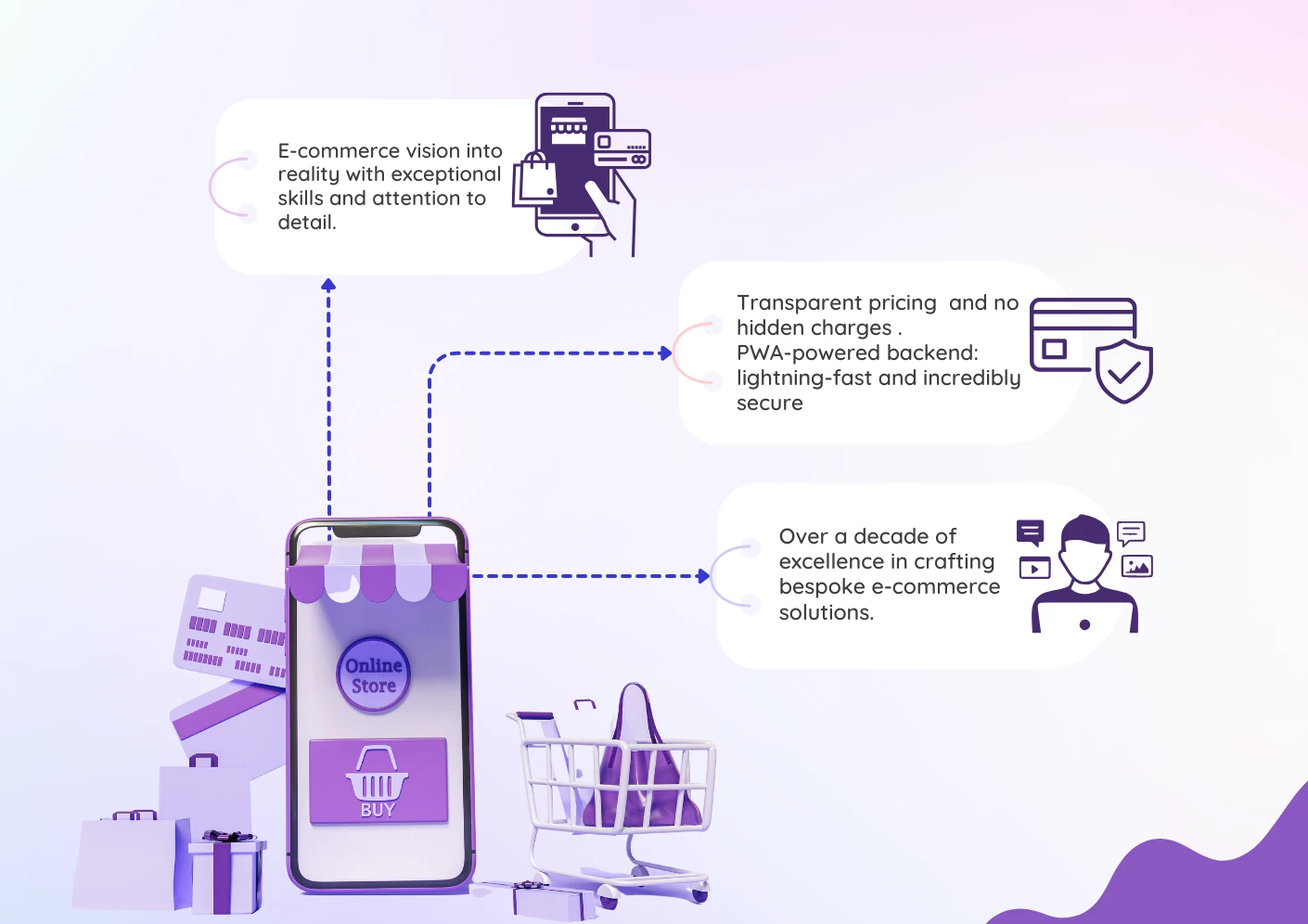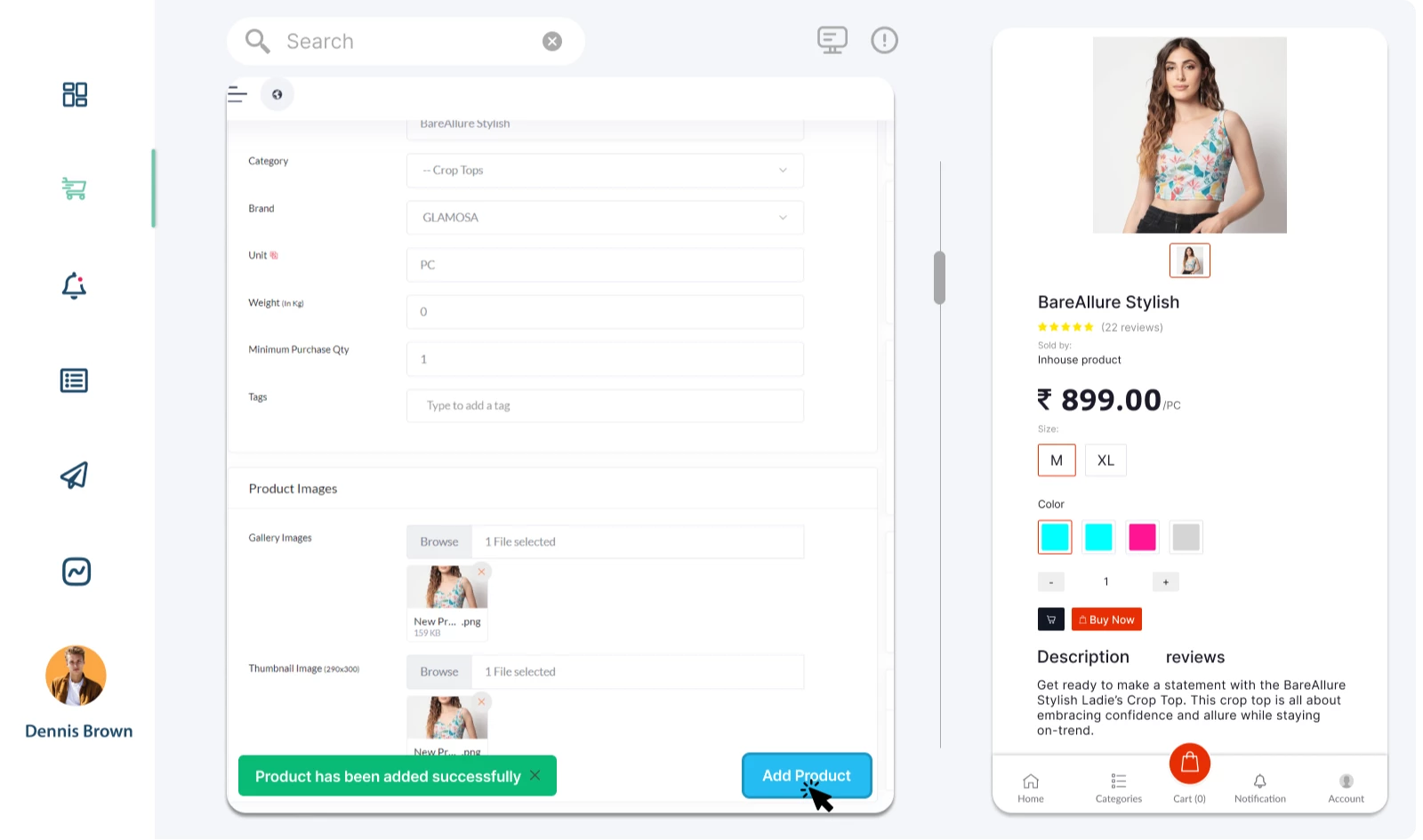Embarking on the journey of building an e-commerce website is an exciting venture, but one of the crucial aspects that can't be overlooked is determining the cost involved. From design and functionality to security and scalability, each element contributes to the overall price tag. In this blog, we'll delve into the factors that influence the cost of building an e-commerce website and help you navigate the intricate landscape of pricing.
Key Factors Influencing E-Commerce Website Development Costs
Scope of Work:
The first step in determining the cost is defining the scope of work. What features and functionalities do you envision for your e-commerce site? From product listings and payment gateways to inventory management and user accounts, each element adds to the complexity and subsequently, the cost.
Design Requirements:
The visual appeal of your e-commerce website is paramount. Customized and intricate designs may require more time and effort, impacting the overall cost. Balancing aesthetics with functionality is key to creating an engaging user experience.
Platform Selection:
The choice of e-commerce platform significantly influences costs. Whether you opt for popular platforms like Shopify or WooCommerce, or go for a custom solution like Cart Pixels, each platform comes with its own pricing structure and development requirements.
Functionality and Features:
Advanced features such as multi-language support, product recommendations, and complex search functionalities contribute to development costs. Carefully assess which functionalities are essential for your business goals and budget accordingly.
Security Measures:
Security is non-negotiable in e-commerce. Implementing robust security measures, such as SSL certificates and secure payment gateways, may incur additional costs but is crucial for protecting customer data and maintaining trust.
Mobile Responsiveness:
With an increasing number of users accessing websites via mobile devices, ensuring mobile responsiveness is essential. Designing a responsive site may add to development costs but is a worthwhile investment in reaching a broader audience.
Integration Requirements:
Integrating third-party services, such as payment gateways, shipping carriers, and inventory management systems, can impact costs. Assess the necessity of integrations and budget accordingly.
Scalability:
Planning for future growth is crucial. Building a scalable website that can accommodate increased traffic and products without major overhauls can save costs in the long run.
Calculating the Cost
Hourly Rate of Developers:
The most common method for calculating development costs is based on the hourly rate of developers. Rates vary globally, with more experienced developers often charging higher rates. Research the average rates in your region or the region where your development team is located.
Project Complexity:
A more complex project with extensive features and customization will naturally require more development hours. Ensure your initial scope of work is comprehensive to avoid unexpected costs.
Platform and Technology Stack:
The choice of e-commerce platform and underlying technology stack can impact costs. Custom solutions may involve higher upfront costs but offer more flexibility in the long run.
Testing and Quality Assurance:
Building a bug-free and user-friendly website requires thorough testing. Allocate a portion of your budget to quality assurance to identify and address any issues before the site goes live.
Ongoing Maintenance:
Don't forget about ongoing maintenance costs. Regular updates, security patches, and support may incur additional expenses post-launch.
Building a successful e-commerce website is an investment that requires careful consideration of various factors. By understanding the key elements that influence development costs and taking a strategic approach to budgeting, you can ensure that your e-commerce venture not only meets but exceeds expectations. Remember, the cost of building a stellar e-commerce website is not just an expense; it's an investment in the growth and success of your online business.





